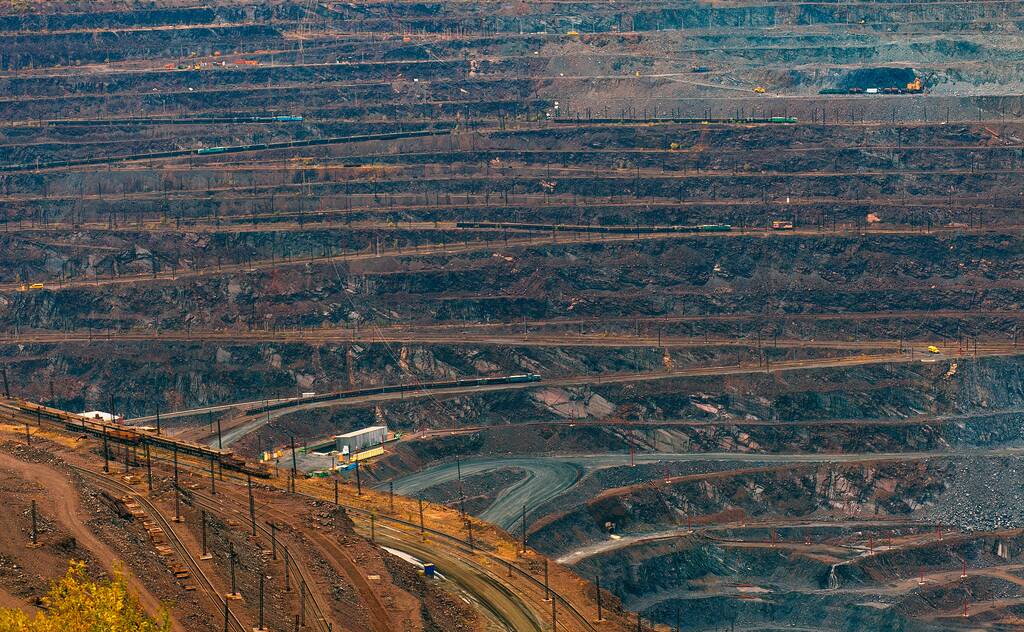2023 – Carbon Credits – What Are They?

Introduction
Carbon credits commonly referred to as carbon allowances, work as emissions permit forms. A corporation is given the authorisation to produce one tonne (1000kg) of carbon dioxide emissions when they purchase a carbon credit. By using carbon credits, corporations can sell any extra credits to other businesses while still receiving a vertical flow of carbon income from companies to regulators.
The objective of carbon credit is to enable market forces to steer industrial and commercial processes in the direction of low emissions and or less carbon-intensive methodology than those employed when venting carbon dioxide and other gases directly into the environment.
Impacts of climate change in Mauritius, the outer islands, and reduction of emissions
In September 1992, the Republic of Mauritius was one of the first nations to ratify the United Nations Framework Convention on Climate Change. On May 9, 2001, it joined the Kyoto Protocol which eventually came into effect on February 16, 2005.
One of the adaptable mechanisms established under the Kyoto Protocol is the Clean Development Mechanism (CDM), which provides finance for projects in developing countries to ensure sustainable development, and allow industrialized nations to meet their greenhouse gas emission reduction objectives.
As a non-annexe 1 party and signatory to the United Nations Framework Convention on Climate Change and Kyoto Protocol, Mauritius is qualified to host CDM projects.
A Certified Emission Reduction unit (CER), often known as a "carbon credit," is granted for every tonne dioxide equivalent that is decreased because of a CDM project. Industrialized countries can utilize or purchase these CERs to fulfil their obligations. The project participant may sell CERs to generate a monetary revenue stream (denominated in hand currency typically in Euros).
The price of 1 carbon credit is currently trading between $40-$80 per metric tonne.
An advantage or disadvantage, a conclusion
Each carbon credit represents one tonne of carbon that was not released into the atmosphere. Therefore, our view is that the scheme represents an opportunity to utilise this system for the benefit of all.
Companies that care about the environment can benefit from buying carbon credits for their brand image as they can advise current and future clients and customers of their policies.
Even when a company acts responsibly, it occasionally may release a certain amount of carbon into the atmosphere. In this instance, the company's decision to buy credit demonstrates how seriously it takes the promotion of sustainable practices.
Is it worth the value?
If you want to reduce your carbon footprint and do your part for the environment, buying carbon credits may be an investment. Companies can use carbon credits or/and offsets, which are financial instruments, to either reduce the amount of GHG emissions or to remove a certain amount of Greenhouse Gas (GHG) emissions from the atmosphere. The cost of your carbon offset will rise in direct proportion to the number of GHG emitted.
